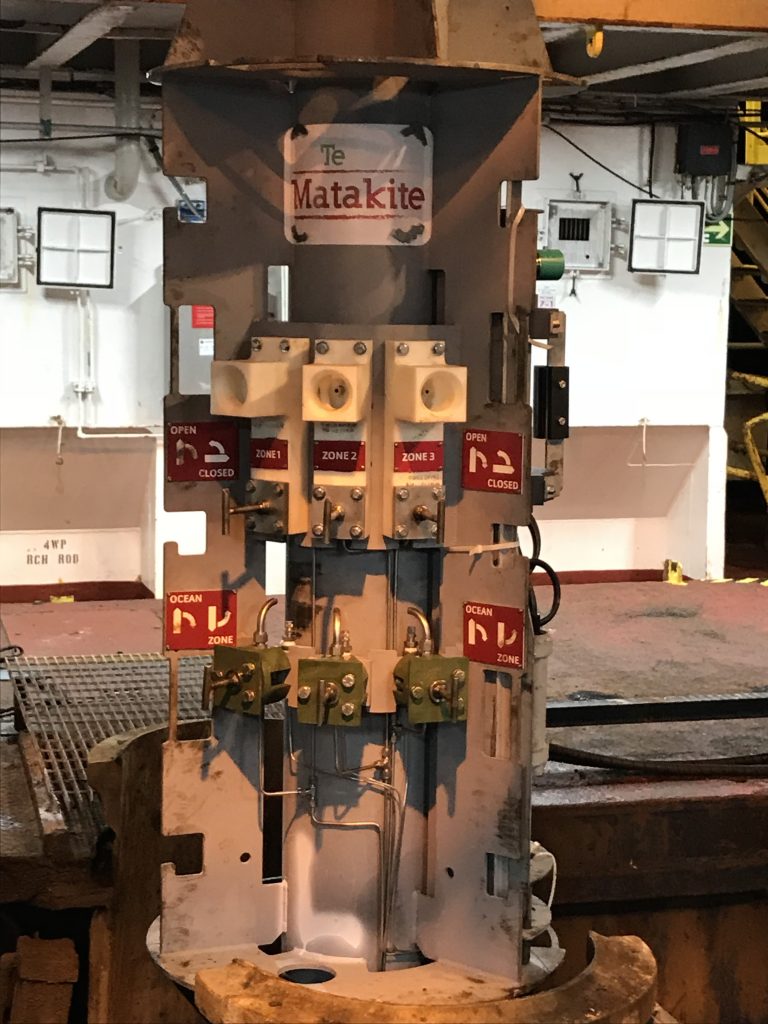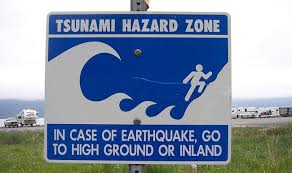
The observatory is like a Russian Doll
The stages of installing New Zealand’s first observatory
To gain a window into this previously inaccessible environment, we are taking advantage of the drilling capabilities on board the JOIDES Resolution to install what we call a “CORK” or borehole observatory.
This is one of the most complex observatories in the world as we attempt to install two different monitoring packages – one inside the other – sort of like a Russian nesting doll.
The first monitoring package consists of pressure sensors attached to the first stage of the CORK (or ACORK). The second monitoring package (instrument string) consists of temperature sensors and coils that will collect fluids and will be suspended by a rope inside the second stage of the CORK (or CORK-II). This will be accessed in about five years by a remotely operated vehicle that will extract the data and recover the instrument string.

What we are trying to measure here at Site U1518
Te Matakite (our first CORK observatory) will monitor changes in sediment volume and strain (using pore pressure as a proxy), as well as the evolution of thermal, hydrological, and chemical properties throughout the slow slip earthquake cycle.
What happens to all the data?
In a few years, we will return to Site U1518 with another vessel to retrieve the data using a robotic submarine, or ROV (remotely controlled vehicle). This will connect to the wellhead with a cable and download the pressure data and send it back up to a computer on the ship.
The next step is harder. To access the temperature and chemistry data and samples, we have to pull up the temperature logger and OsmoSampler string using the ship’s winch. If portions of the string are stuck and cannot come up, there are three “weak” links in the string designed to break at different forces so that a portion of the string can stay behind and the rest of it can be retrieved.
The social and scientific impact of Hikurangi SUBDUCTION ZONE research

Ultimately, we will combine and integrate all the coring, logging, seismic and observatory data to test a broad range of questions we have about slow slip events, and their relation to large, destructive earthquakes and tsunamis. We hope these two CORK observatories will pave the way to long-term measuring equipment being installed in New Zealand’s Hikurangi Subduction Zone, which could act as an earthquake warning system in the future.
The puzzle we are putting together on the JOIDES Resolution will help subduction zone scientists all around the world understand earthquakes and the slow slip phenomenon better.
And for people living near subduction zones, it will be used to improve risk models of earthquakes and tsunamis. Better risk models will lead to improved hazard preparedness and fewer lives lost.